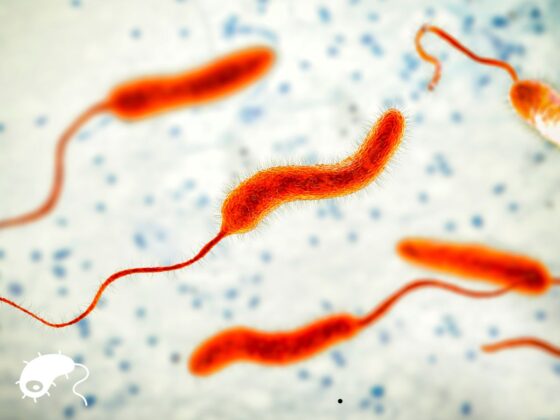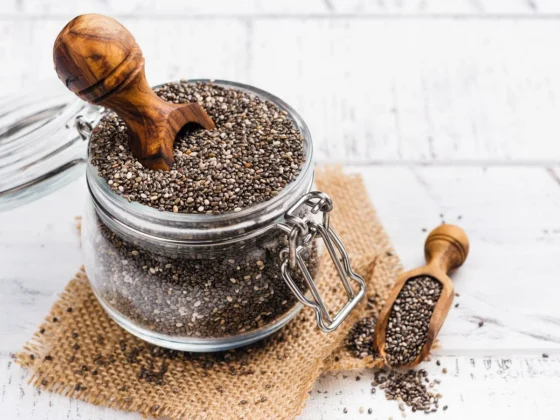Artificial nails have become a new fashion statement nowadays. It is one of the latest trends in manicures right now. If your real nails aren’t growing, you can use these artificial nails as an add on to your fashion statement.
Celebrities in particular are all about working the fierce claws, but now this has become pretty common among young girls too. Artificial nails aren’t harmful while putting on or taking off. But it involves acids and other chemicals that could cause allergic reactions.
On the other hand, damage to artificial nails can also lead to fungal infections and other problems.
So, here are some important things you should know before you go to your salon or the drugstore:
Know about the types of Nails
Mainly the artificial nails come in two kinds: acrylic and gel, while a third type is known as silks which are often used to fix damaged nails or to make nail tips stronger.
Acrylic: Acrylic is plastic material and is the most popular choice among women. It forms a hard shell when you mix the powder with liquid and brush it on top of glued-on nail tips. You have to file down the natural nail to make it rough enough for the nail tips to bond to it.
As soon as your real nail starts growing, you’ll see a small gap between your cuticle and the acrylic nail.
You will have to go back to the nail salon every 2-3 weeks to get the gaps filled or else you have to do it by yourself.
The major problem with artificial nails is related to the chemicals in the fillers and the filing which may weaken your real nails. If you already have a fungal infection then artificial nails can make it worse or may lead to other issues.
ALSO READ| Beware your makeup can harm your skin immune system
Gels: Gels are more expensive than acrylics. But it lasts longer than acrylics. In this process, you have to paint the gel on the regular nail polish and have to put your nails under an ultraviolet (UV) light to harden the gel.
We all are aware that UV light causes several skin problems and can damage the skin, causing wrinkles and age spots. Therefore too much use of UV light can also cause skin cancer.
However, there are no cases reported of skin cancer caused by UV lamps at nail salons, not even among the manicurists who work around the lights all day.
Possible Problems
Artificial nails can be tough on the real ones and you may face these issues:
Allergic reaction: Any chemical that is used to attach or remove the artificial nails can irritate your skin. You may see pus or swelling and redness around the fingers.
Bacterial or fungal infections: bacterial infections are quite common in artificial nails, if you accidentally bang your nail against something, you may dislodge your real nail from the nail bed. Which can lead the germs; yeast and fungus enter into the gap and grow there.
A bacterial infection can turn your nails green and nail fungus can start growing out with a white and yellow spot on the nails. Over time the nail may thicken or can crumble in severe cases.
So, you should always see a doctor if you suspect any infection.
Weakened nails: artificial nails can weaken your nails. To remove acrylic or gel nails, you need to soak your fingers in acetone for 10 minutes or longer. Therefore this chemical is very drying to your real nails and can irritate your skin.
Hence, some artificial nails must be filed off. That can make your natural nails thin, brittle, and weak.
ALSO READ| Personal protective equipment causes serious skin injuries study
What You Can Do
Try these tips to enjoy artificial nails safely-
- If you have or had nail fungus before, stay away from artificial nails. Do not try to use them to cover up your nail problems.
- Avoid falling off the nails and try to get nails that can be soaked off.
- Ask your manicurist not to cut or push back the cuticles too much. They help guard against infections.
- Try to pick a salon that uses gel polish with LED lights, which have smaller amounts of UV light
- Start applying a broad-spectrum (UVA/UVB) sunscreen to your hands before you go under the lights.
- Use cream or moisturizer on the nails before and after soaking them in acetone.
- Let your real nails breathe and heal from chemical exposure so take a break from it between every couple of months.











